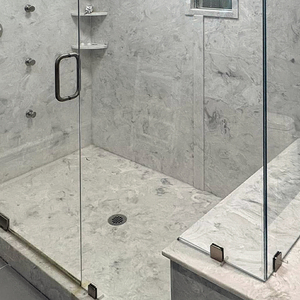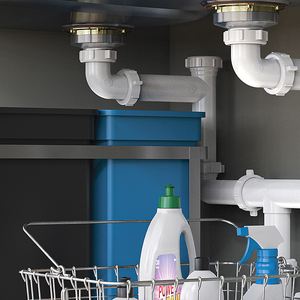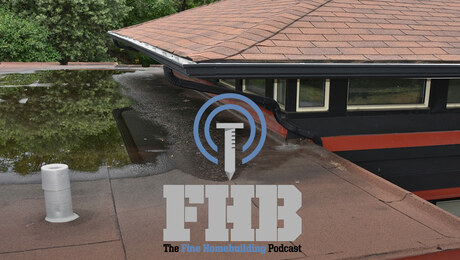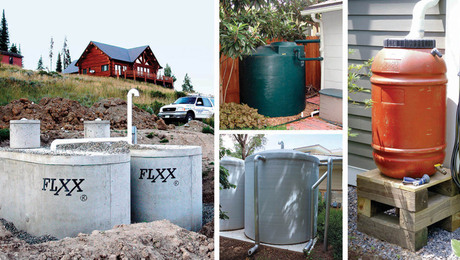Low Flow
A look at fixtures and appliances that can save you money, improve community health, and help the climate. And yes, your toilet will still flush.
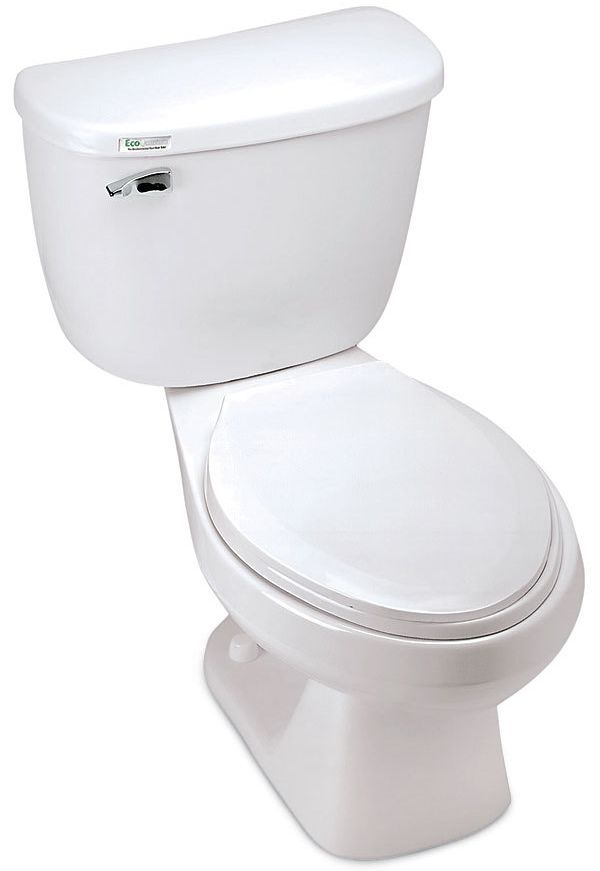
Synopsis: In this article, contributing editor Sean Groom looks at the fixtures and appliances available now that enable consumers to use less water, including dual-flush toilets, pressure-assist toilets, more efficient washing machines, low-flow showerheads, foot-pedal faucet controls, and more efficient dishwashers. A chart provides federally mandated water consumption limits for fixtures and appliances, as well as the standards for WaterSense, the EPA’s program for water conservation.
In areas of the west, mandatory water conservation is the price for enjoying 300 sunny days a year. East of the Mississippi, conservation has become increasingly important as droughts affect areas not used to water shortages. And regardless of where you live, public water supplies are increasingly unable to meet demand for healthy water or to treat the volume of wastewater they receive. Consequently, conservation isn’t just about reducing your water bill; it’s an issue of water quality, public health, energy, and the environment.
Every day, we use water in toilets, showers, faucets, washing machines, and dishwashers. For every one of these points of use, there are both best-in-class and reasonable conservation targets to help you trim water waste. In the following pages, you will find some examples.
A gallon saved goes farther than you think
Because water and energy are relatively cheap in the United States, the monthly savings from conservation can seem small, and the payback period can be several years. You may ask, “what’s the point?”
The point is that water is increasingly scarce, and using it requires energy. Running cold water for five minutes consumes as much energy as a 60w lightbulb does in 14 hours. It also requires energy to treat the water afterward. Nationally, it takes an average of 0.0033kwh of electricity to supply and treat each gallon.
To see how this adds up, I’m going to make some conservative assumptions. First, I’ll consider only detached, single-family homes; second, I’ll assume that all these houses have fixtures and appliances that meet current plumbing standards (1.6-gal.-per-flush toilets, 2.5-gal.-per-minute showerheads, etc.). If they accomplished the modest goal of reducing household-water consumption by 20%, they each would save an average of 9670 gal. of water and around $100 in heating costs annually.
Sounds paltry. Nationally, however, that’s more than $6 trillion saved, 774 billion gal. of water unused and that won’t require treatment, and a 35-million-ton reduction in CO2 emissions. That CO2 reduction would be equivalent to taking 11.5 coal-fired 500-megawatt electricity plants offline. These numbers also drastically understate the savings. There are hundreds of millions of fixtures and appliances that don’t meet today’s minimum-efficiency standards, and I didn’t factor in apartments, town houses, or condos.
A commonsense starting point
Akin to its Energy Star program for electric appliances, the EPA launched WaterSense to recognize products that meet heightened standards for water conservation. Critics of past water-conservation efforts argued the measures demanded large performance sacrifices, so WaterSense includes a performance component to weed out clogging toilets and impotent showerheads.
For more photos and details, click the View PDF button below:



